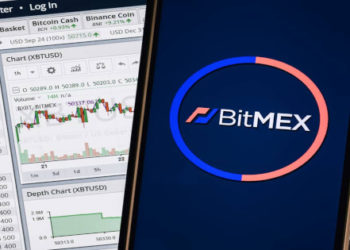Bitcoin (BTC) and stablecoins are increasingly being viewed as threats to the stability of weak emerging market currencies, according to a recent report by CoinShares. The report highlights several key factors driving this trend, including the growing adoption of Bitcoin and stablecoins in regions where local fiat currencies are struggling.
Bitcoin Adoption on the Rise
CoinShares’ 2023 Global Bitcoin Ownership Overview revealed that approximately 270 million people globally own Bitcoin. This figure underscores Bitcoin’s substantial user base, making it comparable to the population size of the world’s fifth most populous country. The report also noted that Bitcoin ownership is predominantly an emerging market phenomenon, with the majority of Bitcoin owners residing in these regions.
The compound annual growth rate (CAGR) of Bitcoin owners from 2016 to 2022 was an impressive 146%. Although such high growth rates are unlikely to persist indefinitely, the trend indicates a significant shift towards Bitcoin as a preferred financial asset in many parts of the world.
Fiat Currency Deterioration
The CoinShares report also examined the monetary health of local fiat currencies in countries with high Bitcoin ownership. It found a consistent pattern where these currencies were either currently deteriorating or had a history of poor performance. This trend suggests that people in these regions are turning to Bitcoin as a more stable alternative to their local fiat currencies.
Moreover, historical data shows that weak fiat currencies often fail when competing with harder currencies. The availability of Bitcoin and stablecoins, which are viewed as ‘harder’ currencies, accelerates this process by offering an alternative that is not easily controlled or manipulated by local governments.
Stablecoins as a Gateway
Interestingly, the report highlighted the role of stablecoins in this paradigm shift. Stablecoins, often referred to as ‘cryptodollars,’ are becoming increasingly popular for day-to-day transactions in emerging markets. Unlike Bitcoin, which is seen as too volatile for daily use, stablecoins offer the stability of traditional fiat currencies while leveraging blockchain technology.
Stablecoins are also acting as a gateway to Bitcoin adoption. Initially, Bitcoin introduced users to the concept of stablecoins. However, this trend has reversed, with stablecoins now serving as an entry point for new users into the broader cryptocurrency ecosystem.
The ease of access to stablecoins is particularly notable. They can be bought and sold using only a smartphone, making them accessible to billions of people worldwide. This ease of access significantly lowers the barrier to entry for new users, facilitating the broader adoption of Bitcoin and other cryptocurrencies.
Implications for Emerging Markets
The CoinShares report suggests that the combination of Bitcoin and stablecoins poses a significant threat to the stability of emerging market currencies. The widespread availability of these harder currencies makes it increasingly difficult for governments to enforce monetary policies that rely on the debasement of local fiat currencies.
Historically, people in emerging markets had to physically import foreign banknotes to protect their wealth from local currency devaluation. With the advent of Bitcoin and stablecoins, this process has become much more straightforward and harder for governments to control. As a result, the mismanagement of local currencies is likely to have a more immediate and pronounced impact on their stability.
CoinShares concludes that this trend will primarily affect emerging markets initially, given their history of high inflation and currency instability. However, the report also warns that developed market currencies are not immune to these effects. Over time, even well-managed fiat currencies could face challenges as Bitcoin and stablecoins continue to gain traction globally.
Image source: Shutterstock
. . .
Tags
Credit: Source link












































